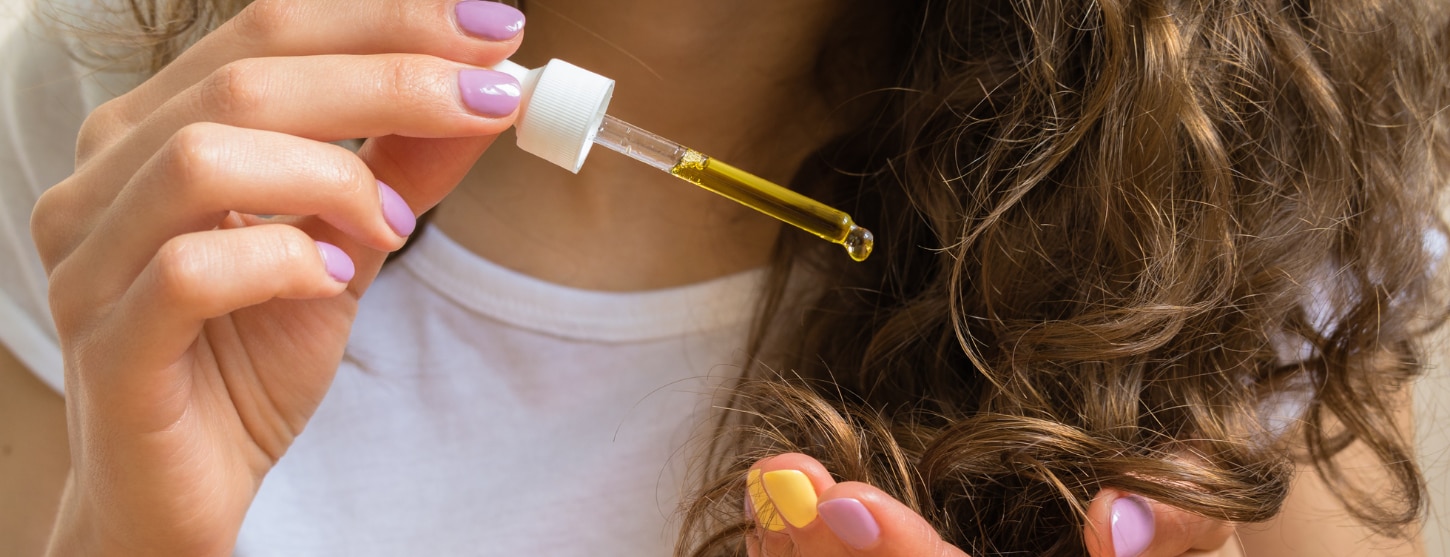15% off €25
Code:DEAL
What does non-comedogenic mean?

Hold up! Do you know what non-comedogenic means? We do – we talk you through the ins and outs of non-comedogenic products in this blog. Check it out…
Summary
1What non-comedogenic means
Any type of product you may apply topically to your skin, it means it’s designed so that it will hopefully have minimum pore-clogging impact...
2How do I know if something’s non-comedogenic?
There are a couple of main ways you can suss out if a product you have, or are planning to buy, is non-comedogenic or not...
3So, what’s the secret to finding non-comedogenic
Take your time to do your research and read the small print. Where possible, look for products that claim to be oil-free and non-comedogenic...
That’s a very good question, so much so, we’re going to answer it for you over the next few hundred words… So, let’s begin.
What non-comedogenic means
When something’s non-comedogenic, i.e. a foundation, moisturiser, cleanser or facewash, or any other type of product you may apply topically to your skin, it means it’s designed so that it will hopefully have minimum pore-clogging impact. Non-comedogenic products are formulated so that they hopefully won’t block your pores. And while the phrase may sound a little funny, it actually makes sense when you hear where it originates from…. Basically, the word ‘comedo’ is the term that’s used to describe a blocked pore. So if something’s ‘non-comeodgenic’ then it’s less likely to block the pores which, in turn, can help prevent us from getting one of the things we all hate the most, those dreaded breakouts.
So, what does comedogenic mean?
Yep, you’ve guessed it, comedogenic means the total opposite of non-comedogenic. I.e. a cosmetic or skincare product that may clog pores and lead to other unwelcome skin breakout-related issues.

How do I know if something’s non-comedogenic?
There are a couple of main ways you can suss out if a product you have, or are planning to buy, is non-comedogenic or not.
See where the product sits on the comedogenic rating list, which looks like this:
Comedogenic rating list from 0-5:
0 - Will not clog pores
1 - Low
2 - Moderately low
3 - Moderate
4 – Fairly high
5 – High
For instance, Fushi Pomegrantate Seed Oil and Organic Rosehip Oil have a rating of 11, while Tamanu Organic Oil has a rating of 2.2
Other dry oils, such as grapeseed, neem and rosehip oil are said to have non-comedogenic qualities too.3
Products that contain ingredients, including petrolatum, isopropyl myristate and derivatives, propylene glycol-2 (PPG-2) myristyl propionate and lanolins4, are reportedly known to clog the pores, so are unlikely to appear towards the bottom of the ratings.
You may also want to steer clear of products that include artificial colours, tar, cocoa butter, shea butter, avocado, jojoba or olive oil5.
Check the product packaging or the website. Nine times out of a ten, if a brand’s saying their product/products are non-comedogenic, then they usually state it in one or both of these places.
Currently, there are no official regulations or rules governing the use of the phrase ‘non-comedogenic’ for products, such as moisturisers and makeup. What’s more, the rating scale hasn’t been standardised.
Manufacturers may carry out comedogenic testing, but they aren’t standard tests, which means they can count and record comedones in many different ways.6
According to one US dermatologist, Olga Bunimovich, the criteria for assessing comedogenicity is ‘qualitative, not quantitative.’7
So, what’s the secret to finding non-comedogenic products?
Take your time to do your research and read the small print. Where possible, look for products that claim to be oil-free and non-comedogenic, and if you’re unsure about a product, see if you can contact the manufacturer to clarify the full ingredients list directly with them. In the meantime, when trying new products, err on the side of caution when you first start using them.
Don’t just slather them on - no matter how excited you may be about putting them to the test, especially if they happen to be a ‘trending’ product of the moment!
Put a small amount along your jawline or behind your ear and see how your skin responds to it. Does it feel aggravated, i.e. itchy or sore? Depending on how you get on, look to gradually apply more of the product as the days go by, and make sure your skin’s happy with it.
Understanding non-comedogenic and comedogenic products can seem like a bit of a minefield, but with patience and perseverance, there’s no reason why you can’t find skincare products that are more suited to your skin.
It’s actually an incredibly interesting journey and when you reach the end, hopefully you’ll have a set of products that are right for your skin.
In the meantime, check out this article, it contains some useful insight on ‘What causes blackheads?’ and what you can do to try and beat them, once and for all!
The advice in this article is for information only and should not replace medical care. Please check with your GP or healthcare professional before trying any supplements, treatments or remedies.
- https://www.fushi.co.uk/healthy-lifestyle-news/comedogenic-oils/
- https://www.fushi.co.uk/healthy-lifestyle-news/comedogenic-oils/
- https://www.healthline.com/health/beauty-skin-care/non-comedogenic#ingredients-to-look-for
- https://www.healthline.com/health/beauty-skin-care/non-comedogenic#ingredients-to-avoid
- https://thedermatologyclinic.com/do-non-comedogenic-skin-products-help-prevent-breakouts/
- https://www.healthline.com/health/beauty-skin-care/non-comedogenic#how-can-you-tell
- https://www.self.com/story/noncomedogenic-skin-care



